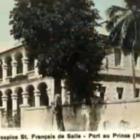ADVERTISEMENT
Photos
Place Geffrard in Haiti in 1865
Here is a picture of Place Geffrard in Haiti in 1865 created in honor of President Fabre-Nicolas Geffrard
Guillaume Fabre Nocolas Geffrard, Haiti's president from 1859 to 1867, was born a mulatto in September 1906. A military man by profession, Geffrard rose to power after taking part in a coup against Faustin Soulouque, former emperor of Haiti turned president. Geffrard's aim was to put power back into the hands of the elite of color, and he quickly took to pleasing the peasant population by ending a long dispute with the Roman Catholic Church, a move which aided education in the country greatly, and renewing the sale of lands owned by the state.
Michel Martelly, Simon Dieuseul Desras and Jacques Stevenson Thimoléon reach agreement
The three main player in Haiti current crisis have reached a tentative agrement to avoid the worst. President Michel Martelly along with Senate president Simon Dieuseul Desras and President of the Chamber of Deputies Jacques Stevenson Thimoléon reach agreement.
Before the start of this new year, on the 29th of December 2014 to be exact, the nation's leader, President Michel Martelly forged an agreement with the heads of Haiti's two houses of parliament, to hopefully finally put an end to the issue that has sunk the country into near-crisis mode. The three men, including Jacques Stevenson Thimoléon and Simon Dieuseul Desras, came to what is being called a tentative agreement, one that should, theoretically, make it possible for an end to the stalemate by parliament's acceptance of Martelly's new, proposed consensus government.
Michele Bennett Duvalier
This is a picture of former Haiti First Lady Michele Bennett
The first few years of her marriage, Bennett was regarded in good favor by her countrymen and international personalities such as Mother Teresa, who visited the island and was impressed by how familiar the poor were with the first lady who would show up at public places to meet with the people, taking her husband along. Her influence became such that she was widely regarded as being the actual ruling head, it often being commented that while her husband slept through official meetings, she was alert and would even berate ministers in his stead.
All this benevolence changed later, and the corruption of the ruling family became the stuff of international rags and legitimate news. Bennett's father was thought to be using his political ties to bolster his businesses, her brother was arrested for drug trafficking, and the First Lady herself was accused of trafficking drugs on Air Haiti. In 1983, Pope John Paul II visited and declared that things had to change. Three years later, the family was forced to flee the country, where rebellion over the rule of the Duvalier family was growing. They would eventually settle in France, with Michele only returning to Haiti periodically.
Jean Claude Duvalier and Michele Bennett
A Picture of Jean Claude Duvalier and Michele Bennett
Michele Bennett, Haiti's most stylish First Lady, lived the life to which she was always accustomed. Born in 1950 to wealthy parents, her father being a descendant of the King of Haiti, Henry Christophe, Michele was privileged with an education in New York, a prominent job as a secretary at a time when black women were seen doing mainly domestic work, and a first marriage to a Tuskegee Airman. But her 1973 marriage to her first husband would end 5 years later, and Bennett would marry the President of Haiti, Jean-Claude Duvalier in 1980 to become Haiti's own version of Marie Antoinette.
Francois Duvalier and several officers of his Military regime
Here is a picture of Francois Duvalier with several officers of his Military force
Throughout the world Duvalier was considered to be a repressive ruler, so much so that no other head of state would take the chance of being considered in league with his behavior. Thus, the example set by Emperor Haile Selassie I was not just unprecedented, but was never followed. President Duvalier took the opportunity of this most important visit, made even more special because of its uniqueness as well as the message and might of the visitor, to document for history, through many pictures featuring him and the Ethiopian ruler, his favor. During the visit, Selassie gave the Great Necklace of the Order of the Queen of Saba to Duvalier, after receiving from the Haitian ruler the Necklace of the Order of Jean-Jacques Dessalines the Great.
Francois Duvalier received Emperor Haile Selassie I in 1966
Here is a picture of Haitian Dictator Francois Duvalier with Emperor Haile Selassie I of Ethiopia as he briefly visited Haiti in 1966
The King of Kings met the President for Life when he traveled to Haiti in 1966, becoming the only head of state to visit Haiti during the presidency of Francois Duvalier. President Duvalier, being a proponent of the black nationalist platform, was a supporter of the Pan-African model of excellence, and welcomed the Emperor of Ethiopia, Haile Selassie I with open arms.
During his own rule, Duvalier became almost as popular as Emperor Selassie through his forceful might held by the use of fear and murder. His family became ridiculously wealthy through the country's coffers, as Duvalier explicitly appropriated state money, much of which came from aid funds given by other countries, into his personal accounts, all this while the population was impoverished. Because of his notorious reputation, Duvalier was forced to be under heavy guard consisting of 600 officers in the palace guard, 350 soldiers in the Dessalines Barracks next door, thousands of militiamen and the fearsome Tontons Macoutes.
Haitian Military guarding the tomb of Francois Duvalier
Here is a picture of three member of FADH Military guarding the tomb of former Haitian Dictator Francois Duvalier
The man was born on April 14, 1907 and would later become a successful physician, during which time he got his nickname for his ability to stave off diseases such as malaria and typhus. Setting himself up with President Dumarsais Estime, he was given the role of Director General of National Public Health in 1946, becoming Minister of Health and Labor 3 years later. In 1950, he stood in opposition of a military coup, and used the fame of his resulting six-year exile, plus his platform as both a populist and a black nationalist, to propel himself to presidency in 1957. By 1964, he declared himself "President for Life" and continued to use his influence to stay in power, exiling any who would oppose him. A fate that was no doubt less severe than that faced by the estimated 30,000 he had killed.
Over the course of his rule, there would be numerous attacks on his life, including the 1967 bombing near to the palace, which resulted in the shooting of 19 President Guard officers. In one of the greatest affronts to Haitian democracy, upon Duvalier's death in 1971, his son Jean-Claude 'Baby Doc' Duvalier, at 19, was named president after him, ushering in a new generation of despotic rule.
Francois Duvalier, Jean Claude Duvalier, Simone Ovide Duvalier
Here is a picture of the Duvalier Family, Francois Duvalier, Jean Claude Duvalier, Simone Ovide Duvalier.
Before there was 'Baby Doc', there was 'Papa Doc', and notwithstanding any cliche in the saying about apples and how far they fall from the tree, Francois Duvalier taught his son to rule by his own example. This president would, throughout his unconstitutionally elongated rule of Haiti, be responsible for the reported deaths of thousands and the repression of millions of Haitians, ruling through fear and intimidation for many years.
Haitian Machete Fencing martial art
Combining fencing techniques from French colonists and African stick fighting here is the martial art or Tire Machèt
Using one of the most valuable tools of the colonial sugar trade, Haitians who brought about the first successful slave revolt in 1971, turned their machetes into weapons and forged a style of martial art they dubbed Tire Machet (pulling machetes). Today, "Papa Machete", a short film that aims to tell this story, was written by local Jason Fitzroy Jeffers. The style of fighting is said to have borrowed from the techniques of French fencing, proto-capoeira, and African stick fighting. The success of the weapon and technique was proven against the French, as it works well in large combat situations.

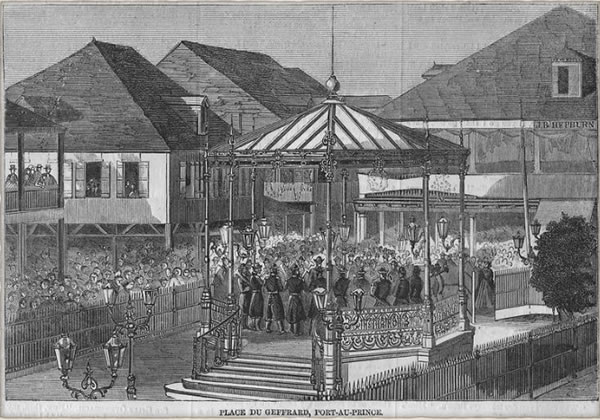
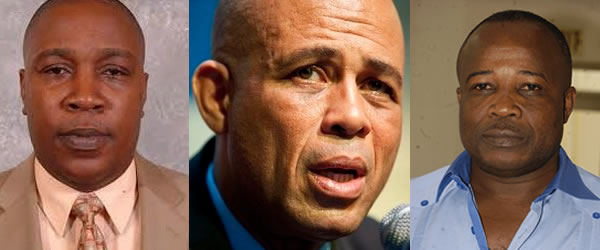
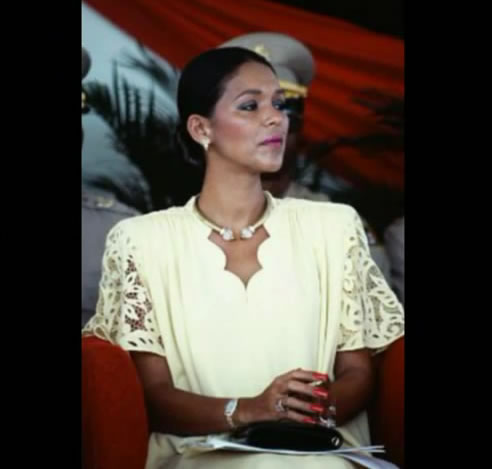
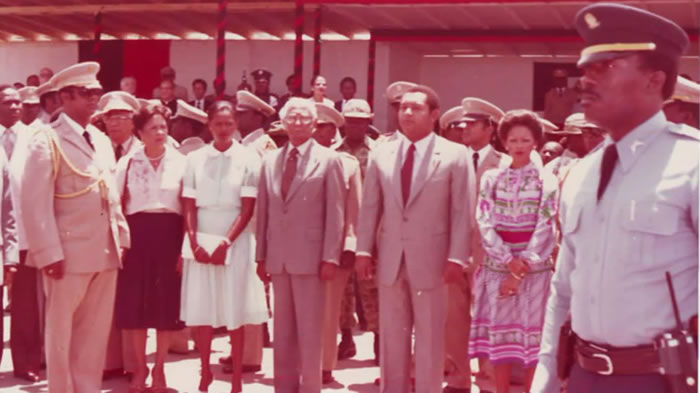
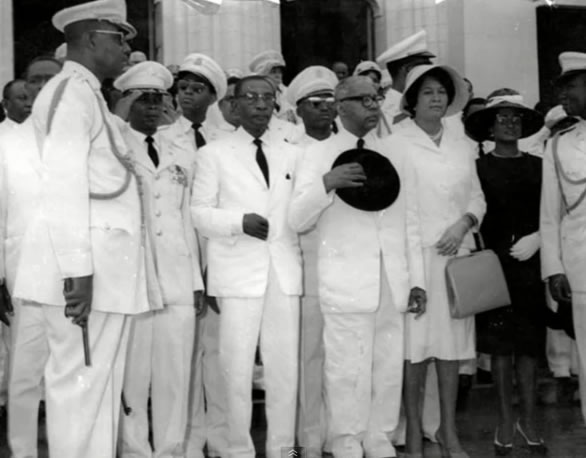
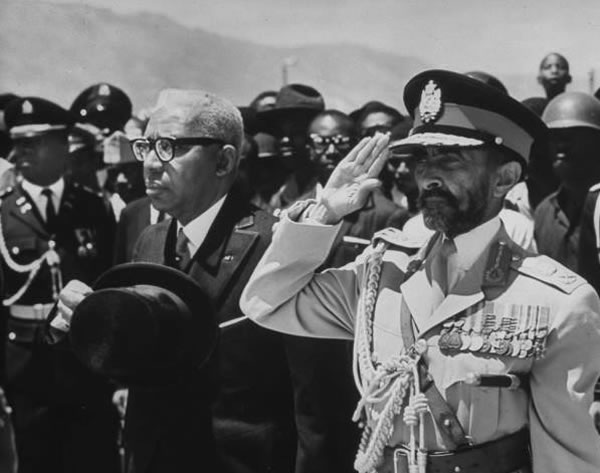
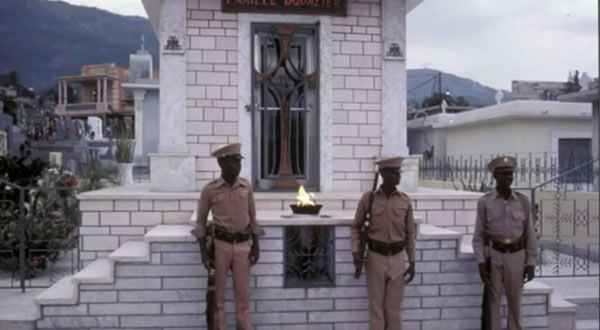
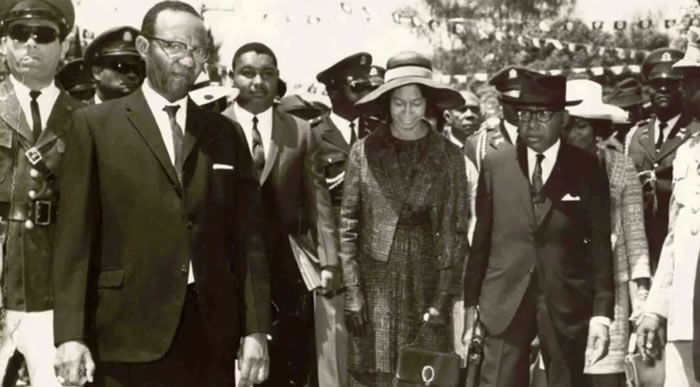
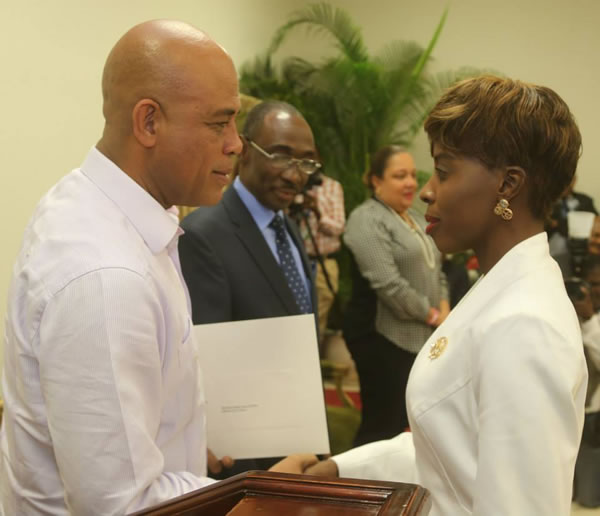
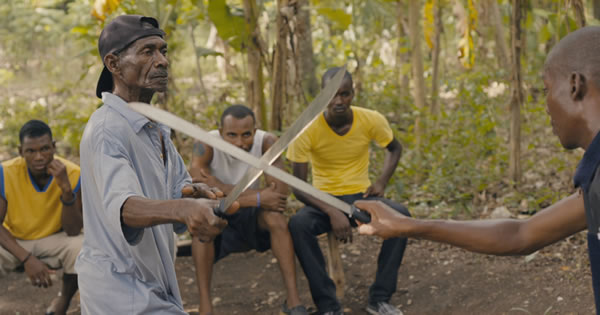
 Rodent in Haiti named James Bond's hutia or Plagiodontia...
Rodent in Haiti named James Bond's hutia or Plagiodontia...  Who will be the next president of Haiti?
Who will be the next president of Haiti? 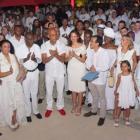 All inclusive Royal Decameron Indigo
All inclusive Royal Decameron Indigo 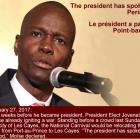 Jovenel Moise, the president has spoken. Period
Jovenel Moise, the president has spoken. Period 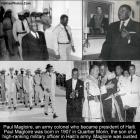 Paul Eugène Magloire, born in Quartier Morin
Paul Eugène Magloire, born in Quartier Morin  Jean Henry Céant deposited documents in Parliament for...
Jean Henry Céant deposited documents in Parliament for...  Commissioner Frantz Pierre indicted for accepting bribes
Commissioner Frantz Pierre indicted for accepting bribes 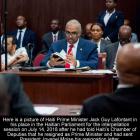 Jack Guy Lafontant resigns as Haiti Prime Minister
Jack Guy Lafontant resigns as Haiti Prime Minister 


